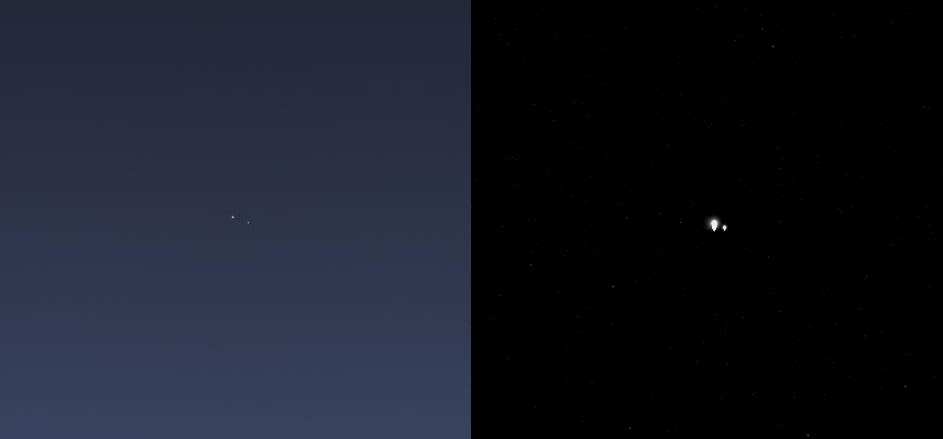Difference between revisions of "July 24, 2013"
| (2 intermediate revisions by the same user not shown) | |||
| Line 1: | Line 1: | ||
__NOTOC__ | __NOTOC__ | ||
=Wide Base Line Stereo= | =Wide Base Line Stereo= | ||
| + | <!-- Start of content --> | ||
<!-- ws:start:WikiTextHeadingRule:0:<h1> --> | <!-- ws:start:WikiTextHeadingRule:0:<h1> --> | ||
<!-- ws:start:WikiTextLocalImageRule:6:<img src="/file/view/LPOD-Jul24-13.jpg/442178122/LPOD-Jul24-13.jpg" alt="" title="" /> -->[[File:LPOD-Jul24-13.jpg|LPOD-Jul24-13.jpg]]<!-- ws:end:WikiTextLocalImageRule:6 --><br /> | <!-- ws:start:WikiTextLocalImageRule:6:<img src="/file/view/LPOD-Jul24-13.jpg/442178122/LPOD-Jul24-13.jpg" alt="" title="" /> -->[[File:LPOD-Jul24-13.jpg|LPOD-Jul24-13.jpg]]<!-- ws:end:WikiTextLocalImageRule:6 --><br /> | ||
| Line 13: | Line 14: | ||
July 19, 2013.<br /> | July 19, 2013.<br /> | ||
<br /> | <br /> | ||
| + | <p><b>Yesterday's LPOD:</b> [[July 23, 2013|The Far Wall]] </p> | ||
| + | <p><b>Tomorrow's LPOD:</b> [[July 25, 2013|Lunar News]] </p> | ||
<hr /> | <hr /> | ||
| + | {{wiki/ArticleFooter}} | ||
Latest revision as of 14:39, 8 February 2015
Wide Base Line Stereo

images from Cassini and Messenger
Some day we will see views like this of an alien planet circling its star. For today, we have the Earth/Moon double planet system as a stand in. The left view is from the Cassini spacecraft at Saturn, 1.4 billion km from Earth, whereas the right is from Messenger at Mercury, a mere 98 million km away. The Cassini image was taken with a narrow angle camera, yielding a pixel size of 8660 km, so Earth is about 1.5 pixels wide. A wide angle camera was used for the Messenger image because the team was searching for possible satellites of Mercury - none have been seen during transits so only small ones may exist. The Messenger images have saturated the pixels causing the tail-like artifacts. The saturation also expands the sizes of both Earth and Moon so that their true diameters and separation distance would have to be modeled based on the point spread function of the camera. The Cassini image colors and brightnesses were altered by the science team to create a more pleasing view. With the Earth having an albedo of about 0.6 and the Moon only 0.1, the Moon's brightness had to be increased to insure visiblity.
Sean Solomon, the Messenger Principal Investigator made a pleasing statement that includes both national pride and comparative planetology: That images of our planet have been acquired on a single day from two distant solar system outposts reminds us of this nation's stunning technical accomplishments in planetary exploration. And because Mercury and Saturn are such different outcomes of planetary formation and evolution, these two images also highlight what is special about Earth. There's no place like home.
Chuck Wood
Technical Details
July 19, 2013.
Yesterday's LPOD: The Far Wall
Tomorrow's LPOD: Lunar News
COMMENTS?
Register, Log in, and join in the comments.



